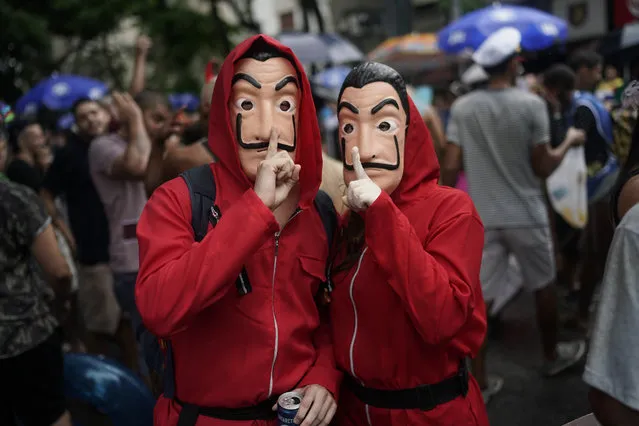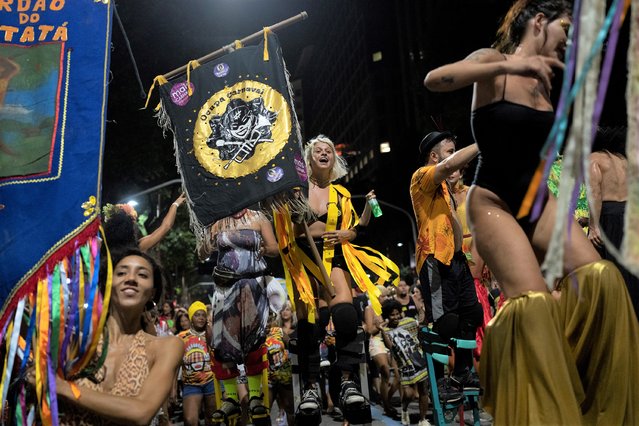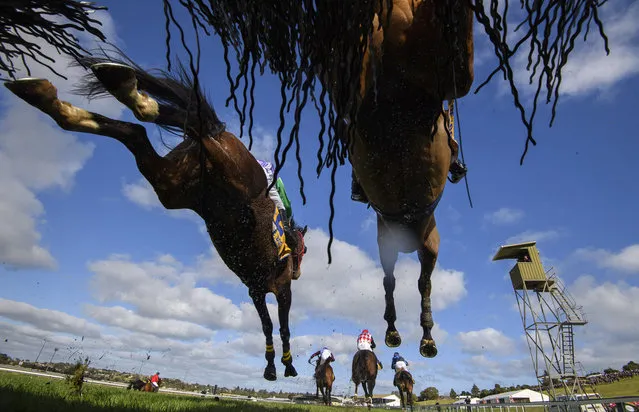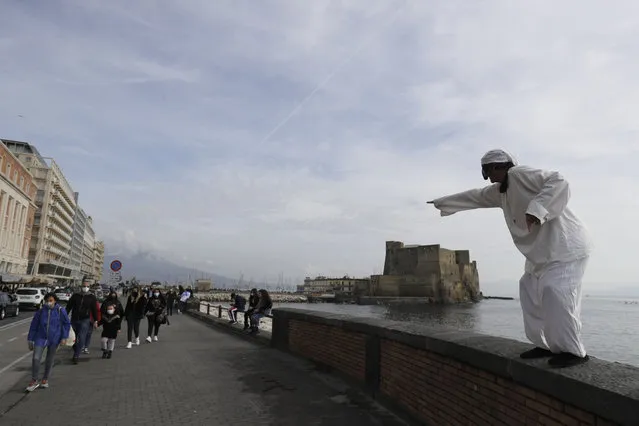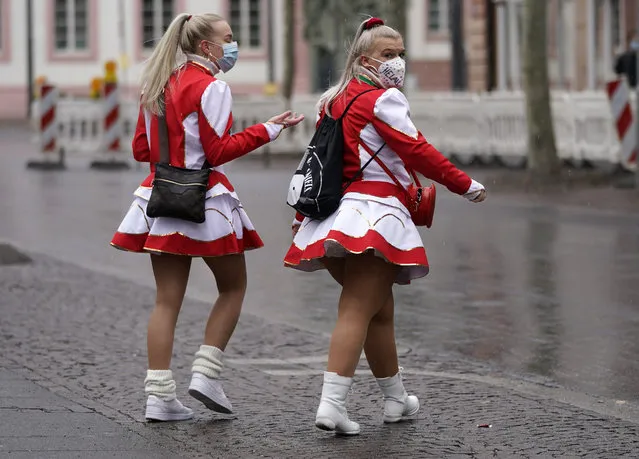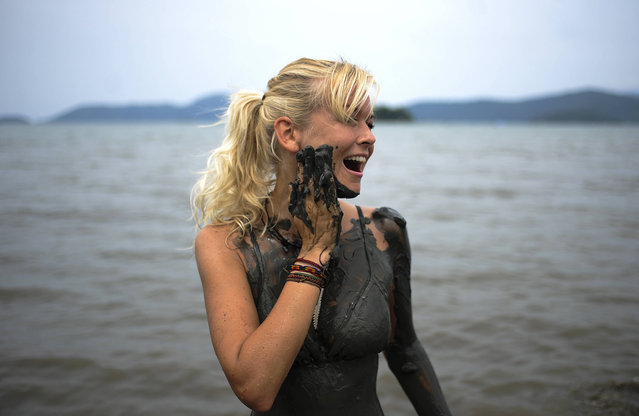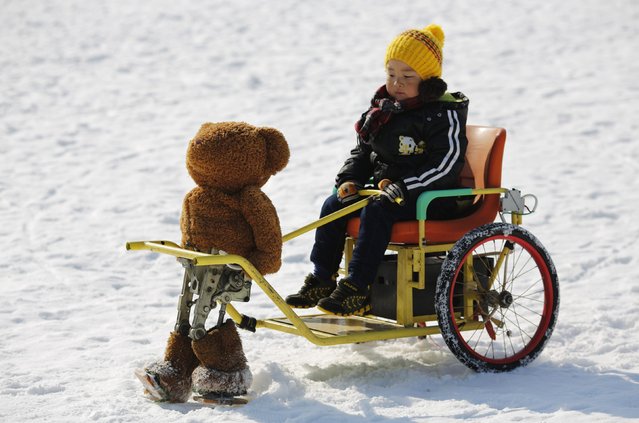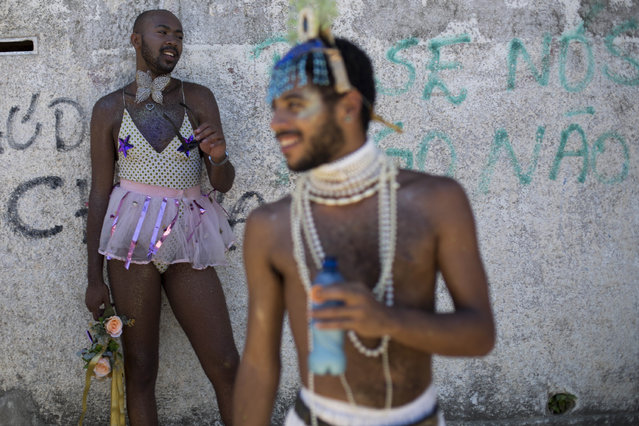
In this Saturday, February 18, 2017 photo, revelers take part in the “Guanabara Pearl” carnival street party on Paqueta Island in Rio de Janeiro, Brazil. Merry makers ferried across Guanabara Bay to Paqueta Island for the parade. (Photo by Mauro Pimentel/AP Photo)
27 Feb 2017 00:00:00,post received
0 comments

